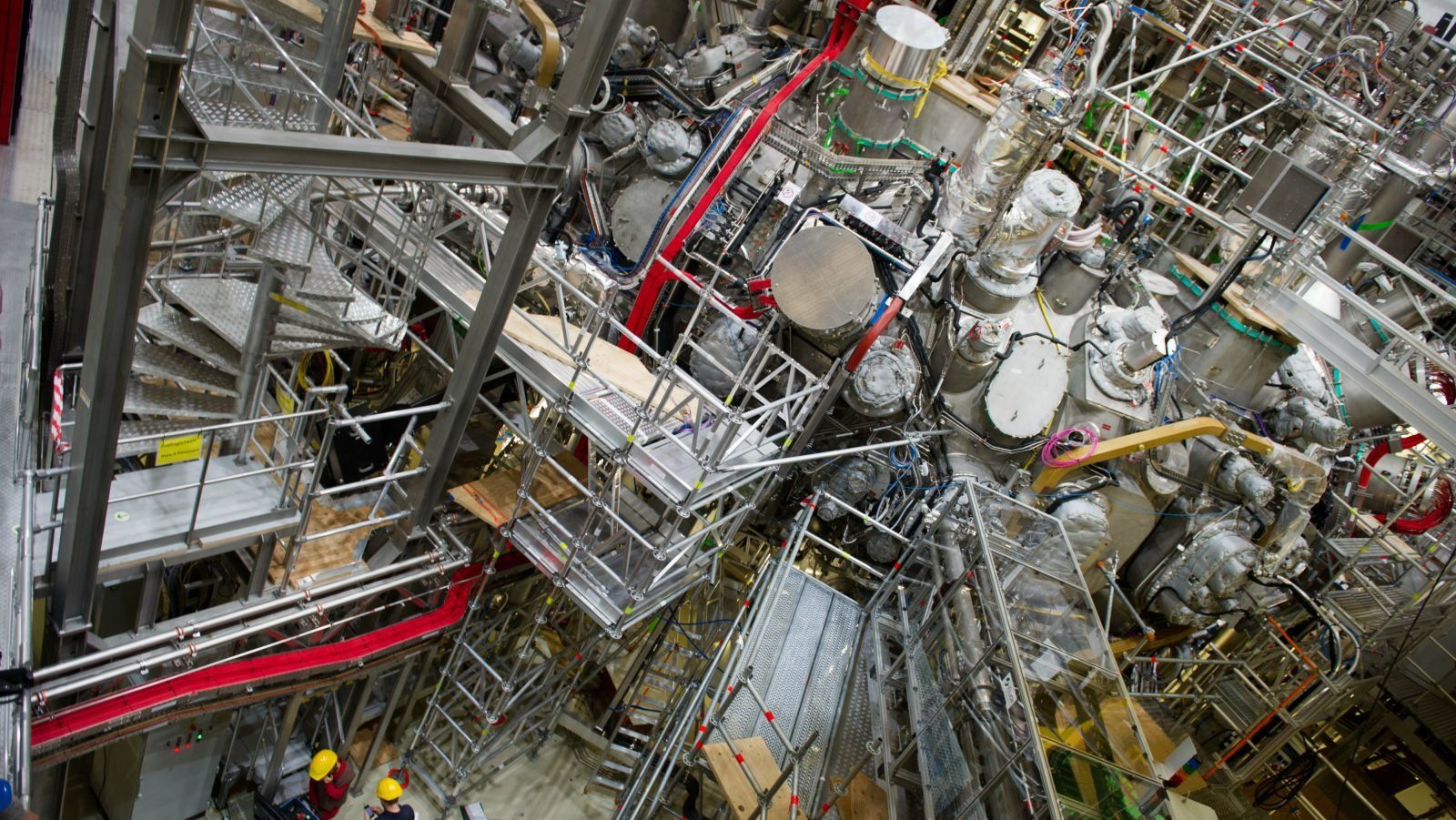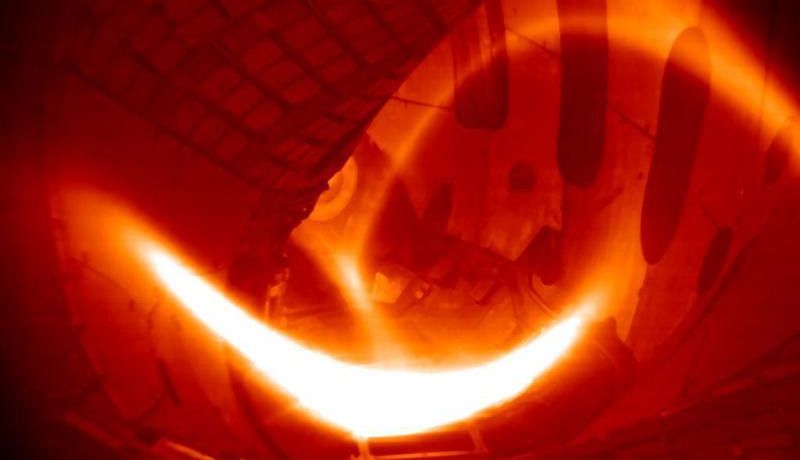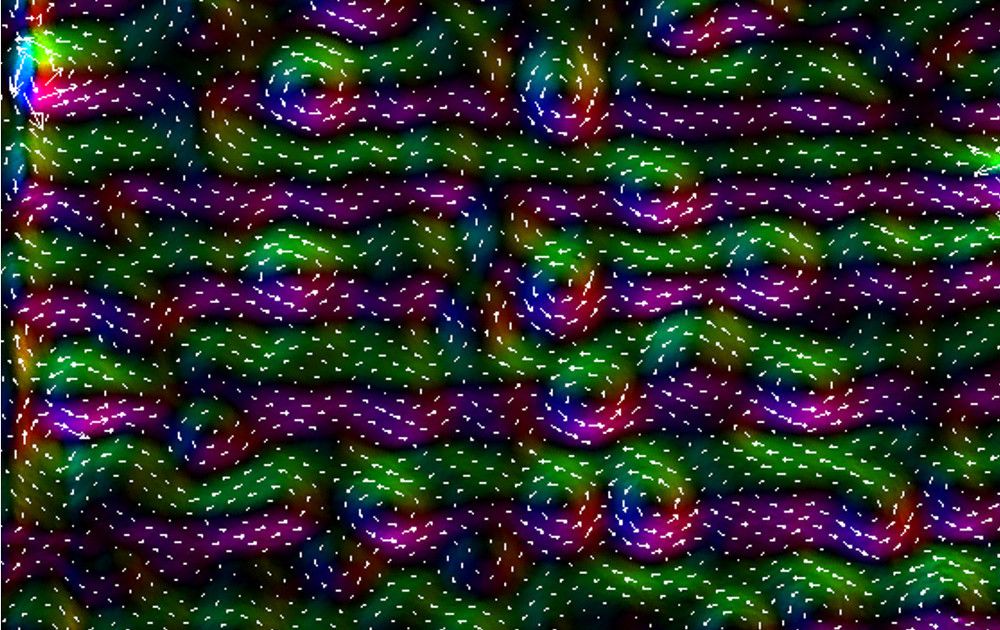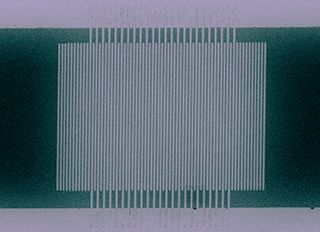Feb 3, 2016
Germany is getting closer to nuclear fusion—the long-held dream of unlimited clean energy
Posted by Dan Kummer in categories: nuclear energy, particle physics
German scientists today will set about the first steps towards what has become the Holy Grail of energy—nuclear fusion, which has the potential for unlimited amounts of clean power. There are a number of challenges to harnessing this power —researchers need to build a device that can heat atoms to temperatures of more than 100 million °C (180 million °F).
After almost nine years of construction work and more than a million assembly hours, researchers from the Max Planck Institute in Greifswald are set to do just that by heating a tiny amount of hydrogen until it becomes as hot, hopefully, as the center of the Sun.
Researchers are keen to tap into the incredible amount of energy released when atoms join together at extremely high temperatures in the super-hot gas known as plasma. Today’s test will not produce any energy, just the plasma—a different state of matter created at extremely high temperatures. German chancellor Angela Merkel, who has a doctorate in physics, will reportedly attend.



 Did you know that Quantum Theory does not know how probabilities are implemented in Nature? And for that matter neither does any other physical theory. Why? Or why not? The closest Quantum Theory comes to explaining probabilities, is to guess that a particle’s wave function is related to its probabilities. That’s it!
Did you know that Quantum Theory does not know how probabilities are implemented in Nature? And for that matter neither does any other physical theory. Why? Or why not? The closest Quantum Theory comes to explaining probabilities, is to guess that a particle’s wave function is related to its probabilities. That’s it!











